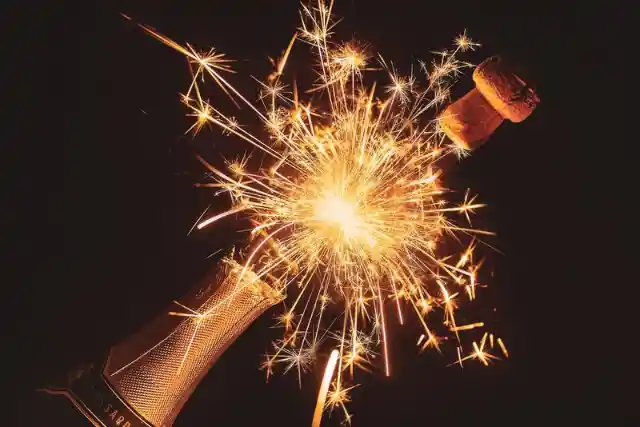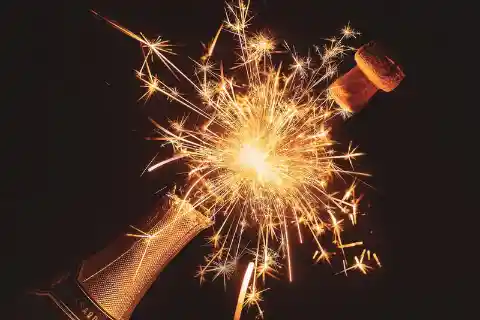When it gets to the last moments of the year, it is customary to count down – for most people, it starts in the last ten seconds of the year. For others, though, it might be something a bit different. Regardless of the ritual, though, would you be shocked to know that this is a relatively modern feature?


Counting down the last moments of the year feels like a lifelong tradition, yet if you were born before the 1970s you probably do not remember this at all. Indeed, New Year was barely even celebrated in some parts of the world. For some today, though, the end-of-year party is the biggest of the entire calendar!
The countdowns for New Year, then, tend to be seen as a way of stopping to think, pause, and reflect on the last twelve months of activity. What has taken place? What has changed in your life, for better or for worse?
These countdowns, though, are not always positive – some use them in a more apocalyptic sense. Take the infamous ‘Millennium Bug’ countdown, when people were convinced that technology would turn on us and rise as the years changed from 1999X to 2000X.


By the 1960s, though, people were beginning to use these countdowns – generally – in a more optimistic light. Countdowns for New Year became a common occurrence a counting down became a common thing in life – for everything from the Moon Landing to the dreaded Doomsday Clock.
The countdown began to become something that was also associated with TV culture, though. Why? Because as TVs began to become increasingly common and popular, so did those late-night New Year's broadcasts. Now, instead of a room full of inebriated celebrators, there was a TV show blasting out music, entertainment, and goodwill.
And when they started counting, we all did. The 1978 New Years' party at Times Square saw the countdown phase begin, and for many, this was seen as the first time that a News Years' countdown became part of common cultural parlance.